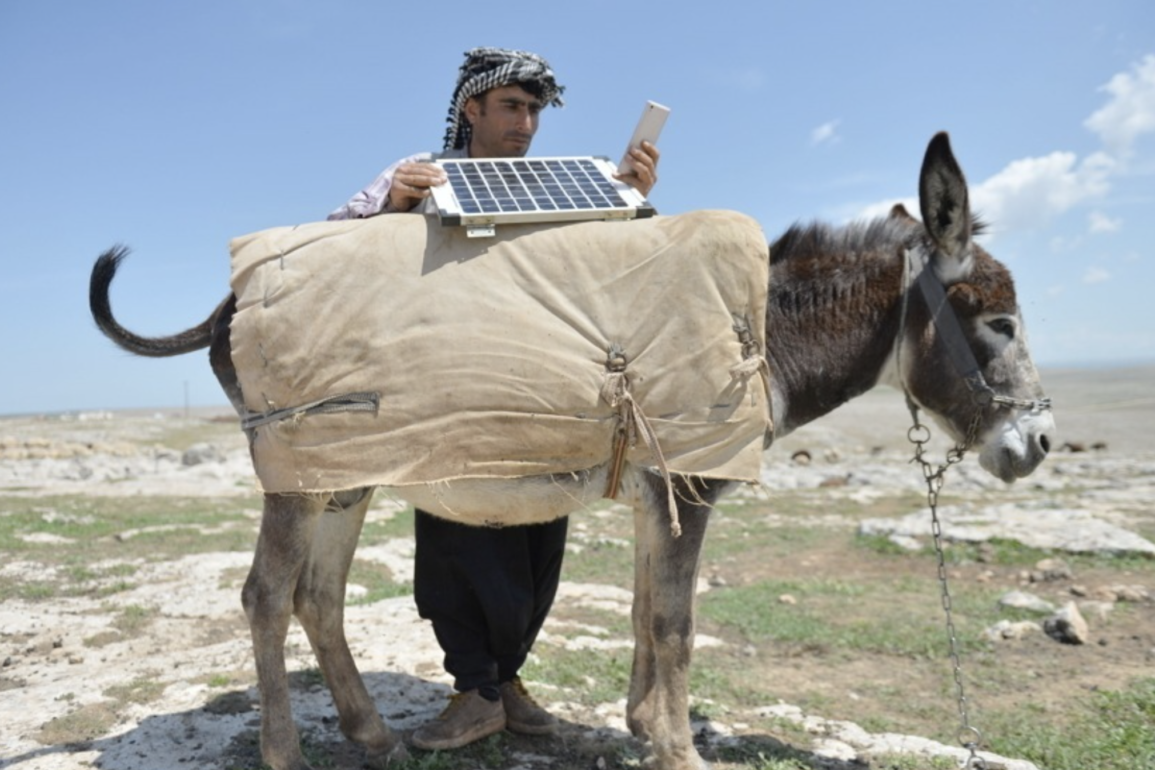Technology must play a critical role in ending the suffering caused by the global donkey skin trade, according to new research unveiled at the Pan-African Donkey Conference (PADCo).
The report, Stolen Donkeys, Stolen Futures, published by The Donkey Sanctuary, reveals a rapidly escalating crisis driven by international demand for ejiao, a traditional Chinese medicine made from donkey-derived gelatin.
This demand is having devastating effects on African communities, particularly impacting women and children who rely on donkeys for their daily livelihoods.
As China’s domestic donkey population has collapsed, Africa has become the main source of donkeys for the trade. The report shows that up to 5.9 million donkeys are slaughtered annually, often through unregulated or illegal means.
Researchers and NGOs are now calling for the integration of digital traceability systems, mobile reporting tools, and satellite surveillance to combat the trade and protect vulnerable communities.
Dr. David Obiero of Maasai Mara University stressed the urgency of technological intervention, stating, “We need to digitise protection. If we can track cattle and camels via RFID and blockchain in parts of Africa, we can do the same for donkeys. Without tech-driven oversight, we are blind to the scale and impact of this trade.”
The human cost of this crisis is stark. In one Kenyan village, 29 out of 30 women interviewed had their donkeys stolen. Household incomes fell by up to 73% after the loss of a donkey, and many women reported both emotional trauma and physical strain, as donkeys are critical for hauling water, firewood, and produce.
In many communities, donkeys are regarded as family members or “co-wives” for their indispensable role in daily life. Their loss plunges families into poverty and hardship, stripping them of economic stability and dignity.
The report’s authors argue that digital mapping of theft incidents, crowdsourced alerts via SMS, and AI-enabled livestock movement tracking could enable faster response and stronger enforcement. These technological solutions, they say, are vital to empowering communities and authorities to respond more effectively to the crisis.
PADCo 2025, hosted by the African Union’s Inter-African Bureau for Animal Resources (AU-IBAR) and supported by the International Coalition for Working Equids (ICWE), called for a “tech-forward approach” to complement the African Union’s 2024 moratorium on donkey slaughter.
Marianne Steele, CEO of The Donkey Sanctuary, emphasized the growing recognition of the link between animal welfare and human development. “The link between animal welfare and human development is now indisputable,” she said. “Tech can bridge this gap – ensuring better enforcement, early warning systems, and supply chain transparency.”
Jessica Stark, Chair of ICWE, echoed this sentiment, adding, “We must harness data and innovation to protect rural livelihoods. Donkeys are not just animals; they are mobile infrastructure in rural economies. If we can track timber, diamonds, and coffee, we can track donkeys, and stop this trade before it’s too late.”
The Chipsafer system currently being used to prevent cattle theft in Kenya can also be adapted to stop donkey theft, which is increasingly threatening the livelihoods of rural communities. Donkeys are essential for transport, farming, and access to water, yet they are often overlooked when it comes to livestock protection technologies. With rising cases of donkey theft—many ending in slaughter for illegal trade—the need for effective tracking is urgent.
Chipsafer uses GPS-enabled tags or collars that are attached to livestock and monitored remotely via satellite. The system provides real-time location updates and movement data, allowing owners to know exactly where their animals are at any given time. If a donkey is moved suddenly or travels outside its normal grazing range, the system sends an instant alert to the owner. This immediate feedback loop can deter theft and support swift recovery efforts.
In addition to theft prevention, Chipsafer can monitor animal health. The sensors track movement patterns, and when a donkey becomes unusually still or displays erratic behavior, the system can flag potential signs of illness or injury. These insights can help owners take preventive action before problems worsen, potentially saving both animal lives and financial losses.
For rural communities, especially in arid and semi-arid lands where herds often roam unsupervised, this technology offers a new layer of security. By deploying the Chipsafer system across entire communities, a network of digital surveillance is created, effectively building a virtual fence against livestock theft. With expanded data, the system’s algorithms can also begin to predict patterns in theft and disease, improving its effectiveness over time.




